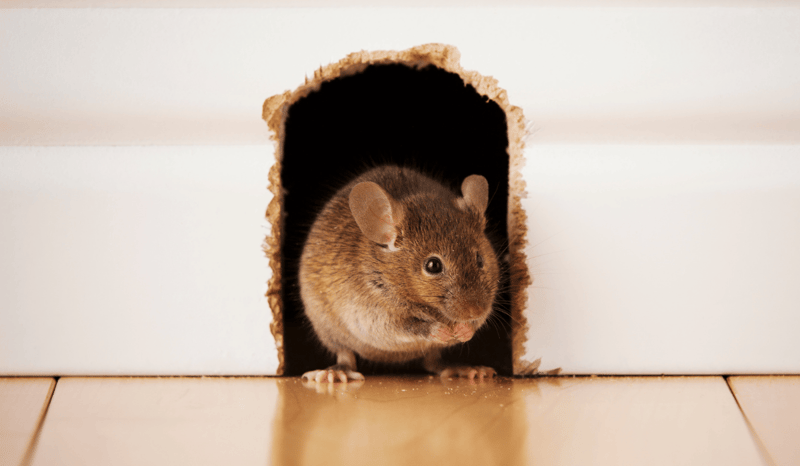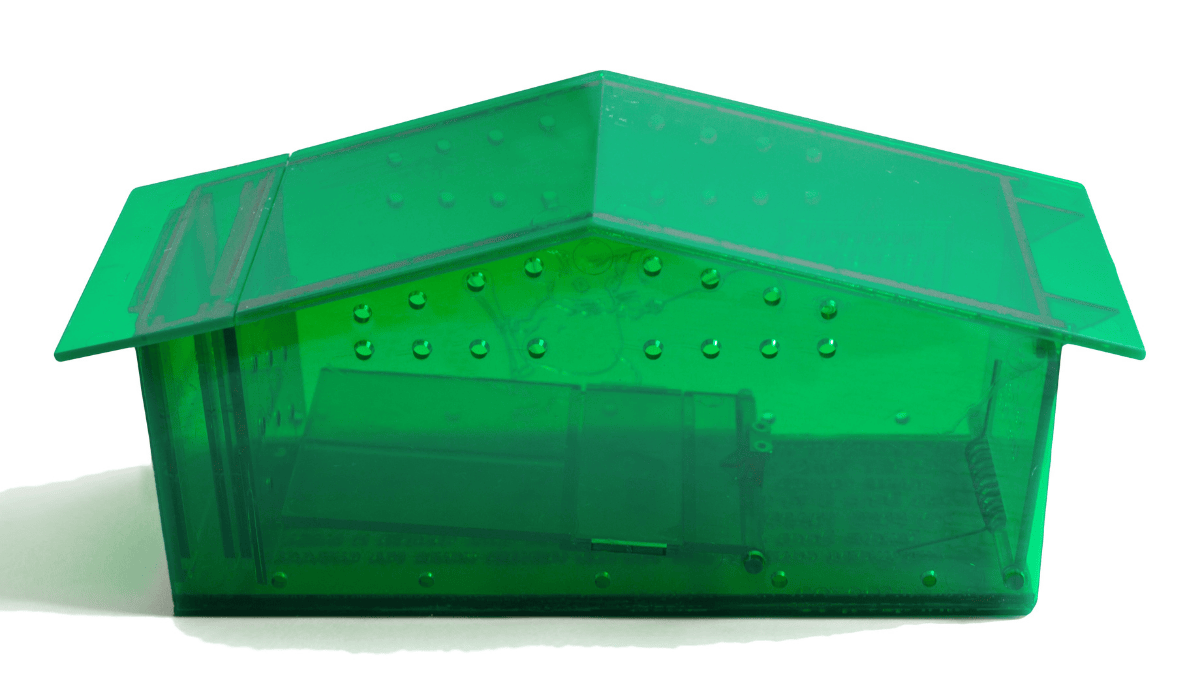
Looking for a humane mouse trap or live rat trap that actually works without causing suffering? Learn why glue traps, snap traps, and rodenticides are cruel and dangerous, and explore safe, compassionate alternatives like humane live traps.
Let’s be honest: no one wants uninvited rodents in their home (no matter how cute they are!). But just because mice and rats sneak in doesn’t mean they deserve to suffer horrific deaths in the process of being evicted. It’s time to have a heart-to-heart about why choosing a humane mouse trap or humane rat trap isn’t just the kindest choice—it’s the smartest, most effective, and most ethical one, too.
Not All Traps Are Created Equal
When people discover rodents in their home, they often panic, and in that panic, many turn to cruel methods like glue traps, snap traps, or rodenticides. Let’s be clear: these methods are inhumane, dangerous, and often ineffective in the long term.
Glue Traps: A Nightmare in Disguise
Glue traps are exactly what they sound like—flat trays covered in a sticky adhesive designed to trap any animal that walks across them, but what these traps really do is cause prolonged suffering.
Rodents caught in glue traps don’t die instantly. They panic. They scream. They gnaw off their own limbs trying to escape. Many die slowly from exhaustion, dehydration, or starvation over the course of hours or even days. Sadly, it isn’t just mice and rats getting caught. Birds, lizards, and even companion animals can fall victim to these indiscriminate devices.
Snap Traps: Quick Isn’t Always Painless
Snap traps are marketed as “quick kills,” but that’s not always the case. If the trap doesn’t strike the “perfect” spot, animals can be left alive and in excruciating pain, with broken limbs or crushed jaws. It’s a brutal way to die and one that doesn’t consider that rats and mice are intelligent, social animals who feel pain, fear, and stress.
Rodenticides: Poisoning More Than Just Mice
Rodenticides don’t just kill rodents. They create a ripple effect of death. These toxic chemicals are slow-acting poisons designed to make animals suffer internally over several days. But the harm doesn’t end with the intended target.
Rodents that ingest poison often stagger into the open before dying—making them easy prey for predators. Owls, hawks, foxes, raccoons, and even domestic cats and dogs can ingest these poisoned rodents and suffer secondary poisoning, leading to illness or death.
We saw this firsthand with Flaco, the Eurasian eagle-owl who captured hearts across New York City after escaping from the Central Park Zoo. After living free in Manhattan for over a year, Flaco tragically died in 2024. A necropsy revealed that, in addition to crashing into a building, Flaco had rat poison in his system—a heartbreaking reminder that rodenticides are a widespread threat to wildlife, even in urban areas.
Rodenticides may be sold as a simple solution to a mouse or rat “problem,” but they are an ecological disaster waiting to happen.
Enter the Humane Heroes: Live Mouse and Rat Traps
There is a better way. Humane mouse traps and humane rat traps—also known as live mouse traps—are designed to capture animals without harming them. These traps safely contain the animal until you can release them back into the wild (at least a mile away from your home to prevent return visits).

A humane mouse trap.
But using a humane trap comes with responsibility.
Rodents caught in live traps are likely hungry, thirsty, and terrified. That’s why it’s critical to check live traps at least once every hour. Leaving a mouse or rat confined for too long can lead to suffering or even death, undoing the whole point of choosing a humane method.
If you’re using these traps outdoors or during cold weather, you must disable the traps when not actively monitoring them, especially when temperatures drop. A metal trap in freezing temperatures can become a death sentence if left unattended. Always remove or close the trap when you’re not home or sleeping.
Some models even include air holes, see-through designs, and easy-release mechanisms to reduce stress on the animal. That’s compassion in action.
But humane trapping is only half the solution. If we want to prevent future infestations, we have to address why rodents entered our homes in the first place.
Prevent First, Trap as a Last Resort
Rodents don’t show up because they’re “gross.” They show up because they’re looking for food, warmth, and shelter. Here’s how to kindly keep them out:
- Seal entry points: Check for gaps around pipes, vents, and doors and seal them with steel wool or hardware cloth.
- Store food securely: Use airtight containers and clean up crumbs and spills quickly.
- Take out the trash: Don’t let garbage pile up, and make sure outdoor bins are tightly sealed.
- Declutter: Rodents love hiding in piles of clutter. Keeping your space tidy gives them fewer places to nest.
Compassion Is Contagious
Rats and mice are often vilified, but they’re just trying to survive. They form bonds, play, and even laugh, and they don’t deserve to be tortured simply because they ended up in the wrong place.
Choosing a humane mouse trap, humane rat trap, or live mouse trap means choosing empathy. It means recognizing that every animal—no matter how small—is worthy of protection, and it means being part of a more compassionate, sustainable world.
Together, we can move the world to protect animals, even the tiniest ones.